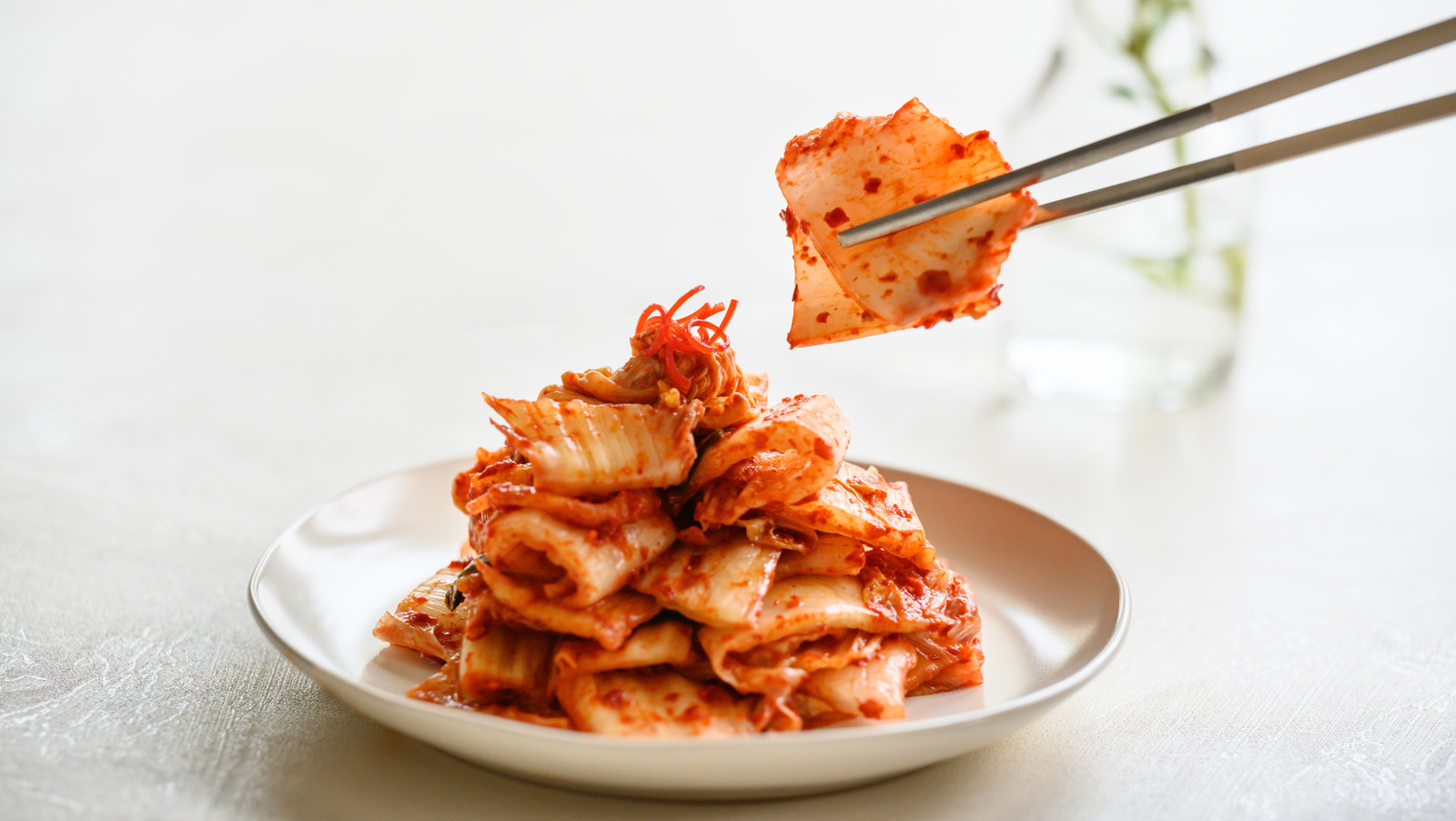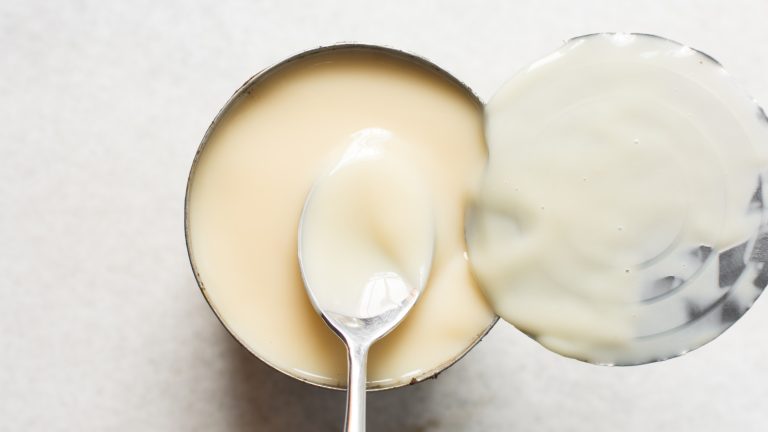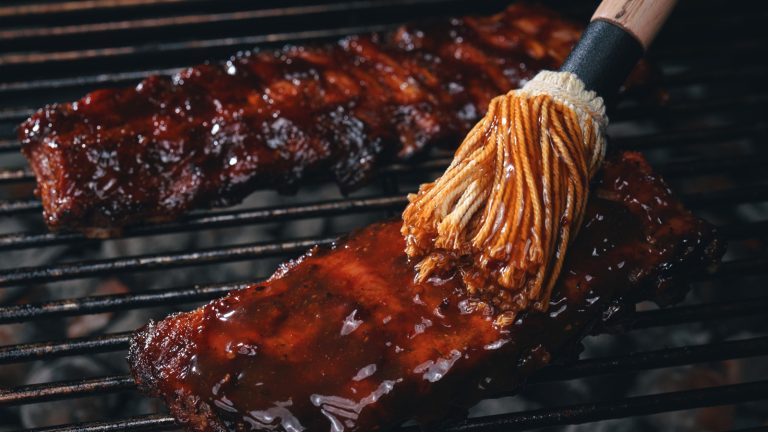While kimchi is best known for its traditional napa cabbage form, it’s a very adaptable food. There are many vegetables you can swap in to replace cabbage — in fact, there’s a plethora of underrated kimchi varieties you need to try. But, before you rush in, some vegetables just simply don’t work as well in kimchi. The most problematic feature a vegetable can have is a high water content. Vegetables like spinach or mushrooms are over 90% water and, as they ferment, that excess water will leak out and affect the salt-water balance of the kimchi’s brine. From experience, watery kimchi doesn’t just lose its incredible taste — it loses its incredible crunch as well.
When it comes to good kimchi, veggie textures matter just as much as moisture. Vegetables with more delicate cell structures such as eggplant, or cabbage that is older and less firm, will break down faster in the brine. Leave them in the jar for just a few days, and they’ll turn mushy, which is not what you want in a kimchi. Hardier vegetables like daikon radish, carrots, and mustard greens can handle being fermented without falling apart. Remember, for kimchi: crunch is key, so hard vegetables over soft.
What’s the difference between pickling and fermenting?
You also need to keep in mind that even some hardier vegetables don’t play well in kimchi. Sulfur-containing compounds, such as glucosinolates, in brassicas like sprouts and broccoli will break down quickly during fermentation and be released into the brine. This can turn the pleasant and earthy aroma of kimchi into something wholly unappetising. Better choices for kimchi include green onions, Asian chives, or even turnips.
That brings up a common point of confusion: what’s the biggest difference between pickling and fermenting? Both are a means to preserve vegetables and give them some serious tangy flavors. However, fermentation relies on live cultures whereas pickling uses vinegar to achieve acidity. So, when you’re fermenting something like kimchi, you’re essentially working with living organisms, and they can be sensitive to what you feed them.
Remember, kimchi is already a microbiological orchestra with lactic acid bacteria playing alongside enzymatic reactions and gas-producing yeasts. The last thing you need here is to add one diva vegetable into the mix that will throw off the rhythm. Choose your ingredients wisely and with fermentation in mind and your kimchi will definitely reward you.






